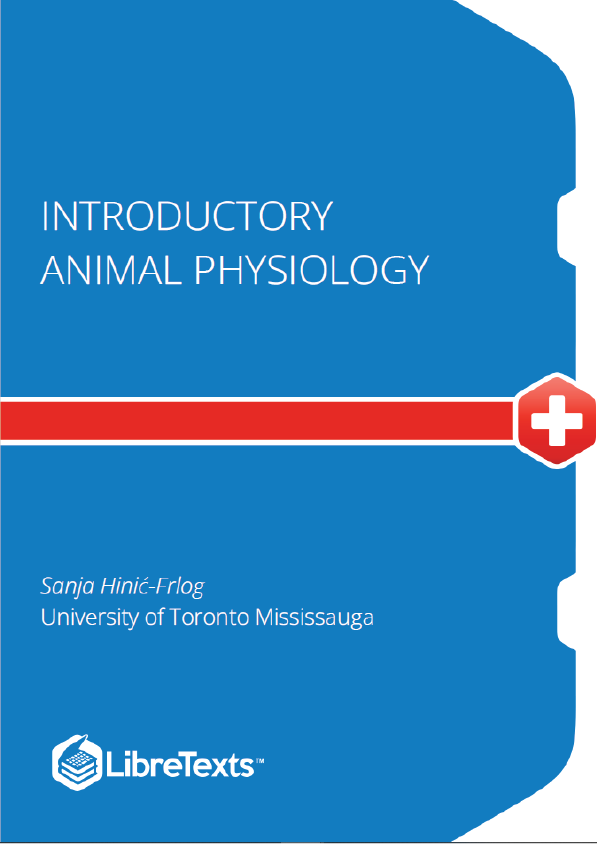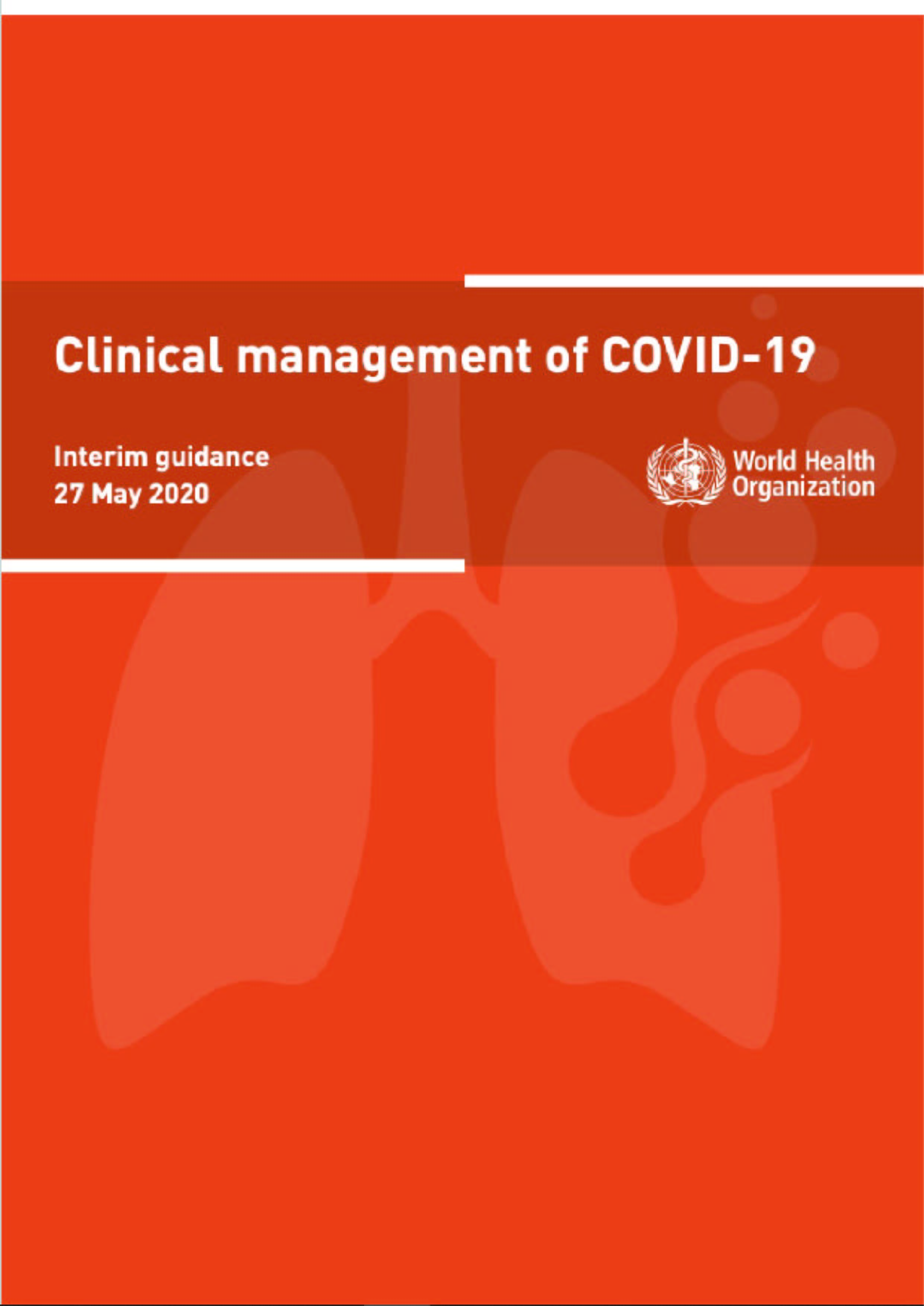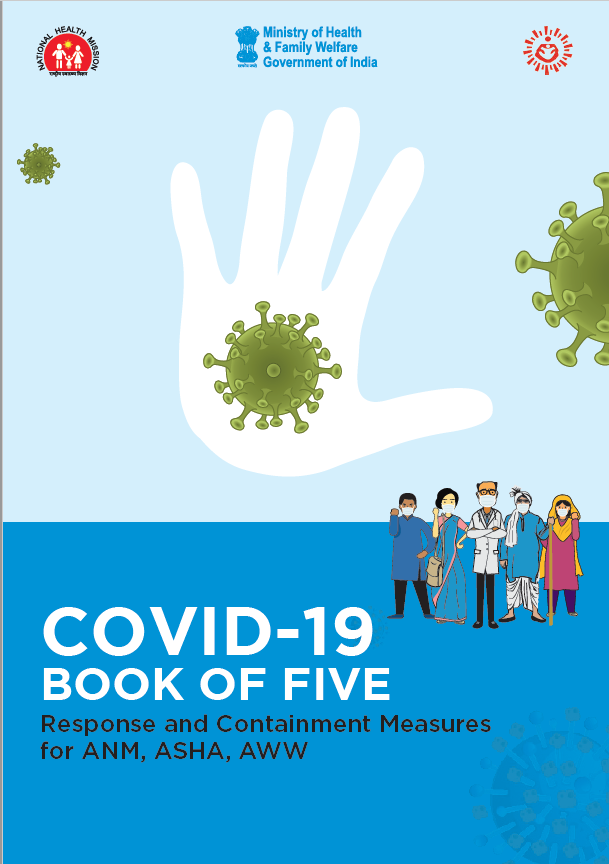Physiology is a study of how animal form or structure and function sustain life and shape responses to environmental conditions. The arctic fox (Figure 1.1), a complex animal that has adapted to its environment, illustrates the relationships between an animal’s form and function. The multicellular bodies of animals consist of tissues that make up more complex organs and organ systems. The organ systems of an animal maintain homeostasis within the multicellular body. These systems are adapted to obtain the necessary nutrients and other resources needed by the cells of the body, to remove the wastes those cells produce, to coordinate the activities of the cells, tissues, and organs throughout the body, and to coordinate the many responses of the individual organism to its environment.
- Some examples of arctic fox physiological adaptions to its environment include:
- Fur with insulative properties to keep the arctic fox warm;
- Reduced heat loss through adaptations to body components such as shorter ears, legs, muzzle;
- Ability to stand on cold surfaces due to capillary rete in pads;
- Can reduce metabolic rate to conserve energy, especially helpful in times of food scarcity.
The study of physiology is interrelated with other fields of biological studies, such as
- Anatomy (how organisms are structured), Biogeography (spatial and temporal distribution of organisms),
- Biomechanics (the study of how organisms move),
- Conservation Biology (the study of the natural environment and ecosystems),
- Ecology (the study of how organisms interact with other living organisms and their environment), Ethology (the study of animal behaviour), and
- Other fields of Biology.
Life on Earth exists in nearly every niche on our planet. However, life forms are not equally successful in all conditions on Earth, and one challenge is to find under which conditions life can be sustained. Certainly, life on Earth is very adaptable, which has led to an immense biomass and an incredible biodiversity. Therefore, it is a challenge to find where the limits to this adaptability are.











